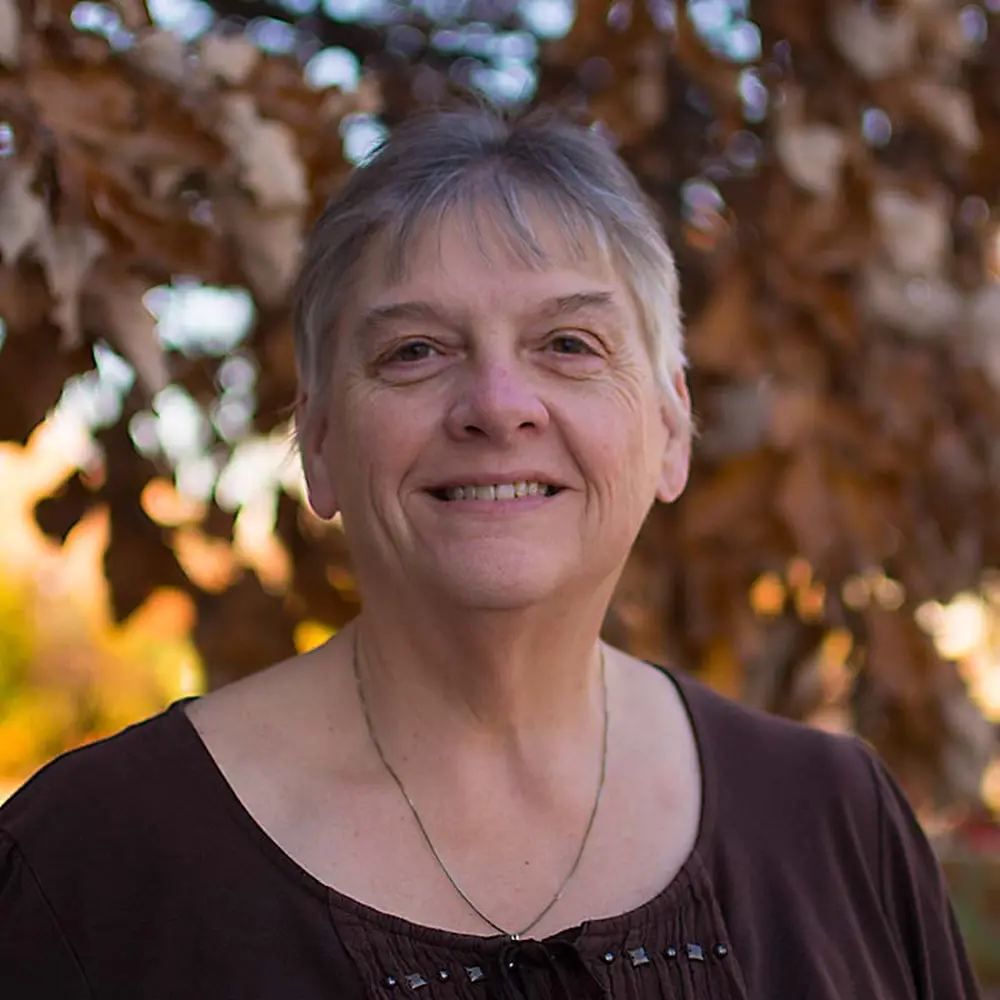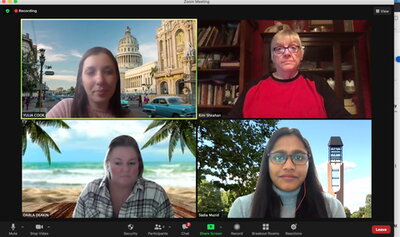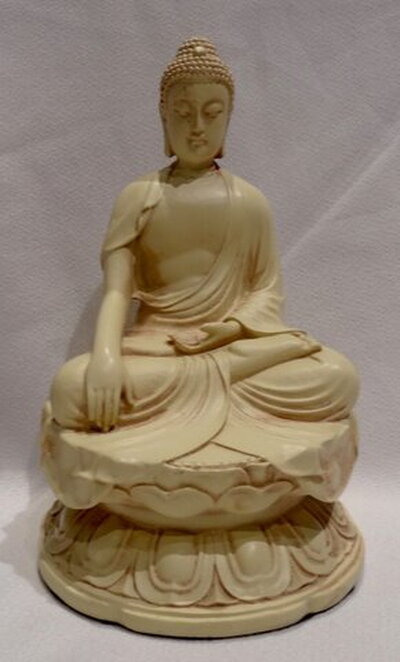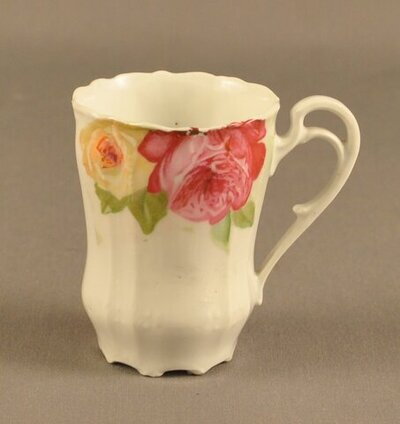
The Center for Global Studies (CGS) featured an article on their Global Currents Blog about the Big History Project, which is a collaboration between the Spurlock Museum and the Center for East Asian & Pacific Studies (CEAPS), the European Union Center (EUC), CGS, and REEEC. A repost of the article is below; to view the original, please see here.
Spurlock Museum Big History Project
Hi. I’m Kim Sheahan Sanford, the Spurlock Museum’s assistant director of education, and I have a confession to make. Sixth graders are my favorite students on earth. They are willing to suspend disbelief as I tell them a myth or a folktale, but they also latch onto adult concepts, like reincarnation and the development of complex writing systems.
Luckily, I have had the opportunity to work with thousands of sixth graders during school tours, scout activities, and outreach programs. One of my most long-lasting and intense collaborations is with the public school district in Champaign, IL and sixth grade social studies teacher Zach Cain. Nearly 20 years ago, Zach came to the Museum with a desire to develop programs that gave his students the opportunity to think about history through artifacts. The result was An Artifact Speaks, a series of six outreach programs highlighting ancient cultures using hands-on activities and artifacts from the Museum’s Teaching Collection. By 2013, all six of the district’s sixth grade teams were involved. Through a 2014 U of I Extension grant, this program went state-wide. I presented professional development workshops for teachers and made program materials available in Extension offices covering 89 of the state’s 102 counties.
Then Big History came along. Here’s how Zach describes it:
Roughly seven years ago, the superintendent at the time asked me to pilot a rigorous, honors-level social studies class for sixth graders. Doing some initial research, I stumbled over a website called The Big History Project. The curriculum, written for ninth and tenth graders, seemed extremely rigorous in its scope and sequence (13.8 billion years ago to the present) and even more so in the skill-sets it aimed to teach (an interdisciplinary approach to understanding, scale switching, causality, etc.).
I moved forward with the pilot, and it was a fantastic curriculum that really helped to give the students a broader understanding of the overall narrative of “universal” history, as well as world history. During the second semester, I noticed the honors-level class was covering similar topics to those used in my regular-level classes. I started bringing Big History concepts into my regular-level social studies classes, and the students were understanding the concepts without missing a beat. I proposed that we pilot Big History in all of the district’s middle schools, and after a year of adapting the curriculum to fit the needs of our students, the wider pilot was adopted the following school year.
For the Spurlock, the question now became this: The ancient history curriculum, which had taken a full school year to teach before, now lasted only three weeks in a Big History year. How were we going to adapt the series? Through discussions with the Champaign teachers, the series was changed to cover multicultural topics, not specific cultures. Seven new programs were developed on the topics of money, writing, water, origin stories, climate, stimulants and trade, and salt and gold. Recently, a Silk Road role-playing game that had been used in An Artifact Speaks was added to the list. A handful of the activities used in the first series, like the Silk Road game, transferred easily to the second, but many new activities needed to be prepared from scratch. New loanable artifacts also needed to be purchased for the museum’s Teaching Collection. All of the Champaign teachers (and their students) generously offered their feedback on the new programs, and significant changes have been made over the years.
The biggest changes in Big History have happened in the last three years. Until then, I had been doing almost all of the outreach programs myself. The spring semester of 2017 saw the beginning of a new collaboration with Professor Allison Witt in the College of Education. She was eager to provide teaching experience for more of her students, and we now have graduate students doing the outreach programs under my supervision. In the fall of 2018, we expanded outreach series to sixth graders at Urbana Middle School. As Urbana follows the ancient history curriculum, the UMS series is a combination of Big History and An Artifact Speaks programs. We also added J.W. Eater Junior High School in Rantoul to our presentation schedule just before the pandemic hit, and we hope to be back in those classrooms again this spring. These expansions meant that we were reaching almost 1000 students multiple times per year. Through a grant proposal written by our former Director of Education, Elizabeth Stone, we also received a multi-year grant through the University’s Title VI Centers: the Center for Global Studies, the Center for East Asian and Pacific Studies, the European Union Center, and the Russian East European and Eurasian Center. The grant supports the hiring of graduate students, the cost of the graduate assistants’ travel, and the purchase of artifacts and other program materials. Without this support, expansion to new schools would not have been possible.

With the significant changes in day-to-day education resulting from the pandemic, the majority of our most recent efforts have been to make our presentations available virtually. This has been a most interesting journey. For example, the sixth grade class period has gone from 47 minutes to 25. We had problems fitting everything in within 47 minutes, so we had to start thinking about a different format. I divided up the activities for each program into separate classroom assignments in Google Classroom; one of the activities is done together with the sixth graders over Zoom, and the teacher assigns the rest of the activities as classroom work or homework. We are actually able to give the students more fun activities to do when we aren’t limited to time that’s face-to-face. (I am also happy to say that since we are not offering guided tours in the Museum during this time, I have the opportunity to share presentation time with my grad students.) We have also developed a virtual version of a museum tour the Big History students took every year called Human Connections, so they don’t miss out on that experience altogether.
New education methods have also removed the limits we had on who can use our programs. In 2017, Zach became one of a handful of teachers from the United States, Australia, and the Netherlands to be a Big History Teacher Leader. These are educators who are asked to help with various tasks, such as presenting at conferences, leading professional development, writing blog posts, moderating and answering questions in the Big History online community, mentoring new Big History teachers, and trying out new lessons and activities with their students before they are finetuned and released on the Big History website. His direct connection to this international community led us to offering our Spurlock programs to them all. Interest has already been shown by teachers on the east and west coasts of the United States, and we hope to collaborate with even more educators as we move into spring 2021.

